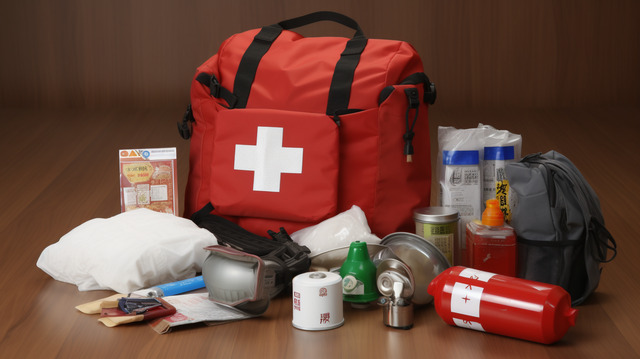Entertainment
Adapting to Weather Roads

Introduction
Driving in varying weather conditions demands adaptability and caution. A changing climate on the road challenges even the most experienced driver. This article addresses methods for adjusting driving habits when faced with rain, fog, or other inclement conditions. A prepared and flexible approach helps mitigate risks and ensures safer travel despite nature’s fluctuations.
Weather Awareness
Understanding current weather conditions is the first step toward safe travel. Monitoring forecasts and observing environmental cues empowers drivers to anticipate changes. Awareness of potential hazards such as reduced visibility or slick surfaces helps in adjusting speed and distance. Remaining informed allows for a smoother transition between different driving conditions.
Vehicle Preparation
Ensuring that the vehicle is ready for adverse weather is crucial. Checking tire pressure, fluid levels, and ensuring that lights are in proper working order are essential pre-trip steps. A well-prepared vehicle is better equipped to handle the unexpected. Regular maintenance and timely inspections contribute to a safe journey regardless of atmospheric conditions.
Road Condition Checks
Before embarking on a trip, a review of local road conditions is recommended. Certain areas may be more prone to flooding or ice, necessitating extra caution. Understanding these variables helps in planning alternative routes if necessary. Being proactive in assessing the road’s status reduces surprises and enhances overall safety.
Tire and Brake Focus
Tires and brakes are vital when adjusting to weather challenges. Proper tread depth and responsive braking systems improve the vehicle’s performance on slippery or wet roads. Regular inspections ensure that these components function optimally during inclement weather. Careful attention to these details enhances the overall driving experience and safety.
Adjusted Speed
Reducing speed when weather conditions worsen is a key strategy for accident prevention. A lower speed allows more time to react to sudden obstacles or changes in the road surface. This measured pace fosters a safer environment where control is maintained despite adverse conditions. Adaptation through speed adjustment can make all the difference during challenging weather.
Visibility Considerations
Maintaining clear visibility is essential on misty or rainy days. Cleaning windshields, checking wipers, and adjusting mirrors contribute to better sightlines. Good visibility allows drivers to spot potential hazards earlier. This proactive measure supports a focused drive and reduces the risk of unexpected incidents.

Safe Distance
Keeping a generous following distance provides the extra time needed to respond in hazardous conditions. When roads are slick, braking distances increase, making it important to leave ample room between vehicles. This spacing is a practical precaution that helps ensure safety for both the driver and others sharing the road. A mindful gap can be lifesaving during rapid weather changes.
Reactive Measures
When faced with sudden changes, having a set of preplanned reactive measures is invaluable. Whether it is a quick adjustment in steering or a gentle deceleration, every action matters. A driver who practices these responses in a calm manner can better manage unexpected obstacles. Confidence built through routine preparedness enhances reaction times.
Calm Handling
Maintaining composure under challenging conditions is paramount. Staying calm allows for thoughtful decisions rather than abrupt maneuvers that may worsen the situation. A steady hand and clear mind guide effective responses when nature tests driving skills. Calm handling reinforces safe practices and contributes to a more predictable journey.
Closing Insights
Adapting to varying weather on the road requires vigilance, preparation, and a calm demeanor. Through proactive vehicle checks, controlled speeds, and consistent awareness, drivers can navigate adverse conditions successfully. This approach not only enhances personal safety but also contributes to smoother traffic flow overall. A flexible mindset remains the best tool against unpredictable weather challenges.










